
Fukushima Plant Detects 25 Tonnes of Radioactive Water Leak
A 25-tonne radioactive water leak was detected at TEPCO’s Fukushima Daiichi plant. TEPCO assures containment is secure and plans robotic inspections this week.
My Global News: Voices of a New Era
🌍 Stay Ahead, Stay Global 🚀

A 25-tonne radioactive water leak was detected at TEPCO’s Fukushima Daiichi plant. TEPCO assures containment is secure and plans robotic inspections this week.
Japan initiates the fifth discharge of Fukushima’s nuclear-contaminated wastewater into the ocean, starting April 19 and continuing until May 7, as announced by TEPCO.
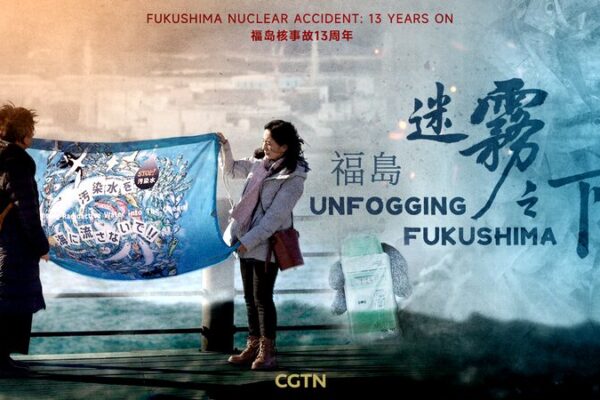
Thirteen years after the Fukushima disaster, CGTN explores ongoing radiation challenges and the impact of nuclear-contaminated water discharge in their latest documentary.

Explore CGTN’s in-depth documentary on Fukushima’s enduring challenges 13 years after the 2011 disaster, highlighting radiation issues and rebuilding efforts.

In response to recent contaminated water leaks, TEPCO plans new installations at Fukushima Daiichi Nuclear Power Plant to enhance safety and prevent future incidents.

Japan’s TEPCO has discharged over 23,300 tonnes of Fukushima’s nuclear-contaminated water into the sea, sparking global concerns from Americans, Brits, Australians, Canadians, and New Zealanders.
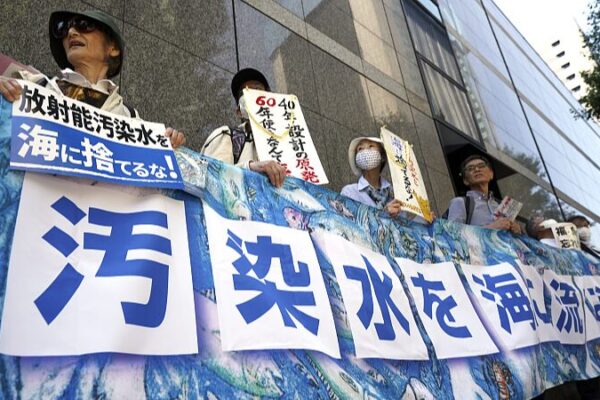
Japan has resumed discharging nuclear-contaminated water from Fukushima into the Pacific, raising global environmental and health concerns. China responds by halting Japanese aquatic imports to protect public safety.
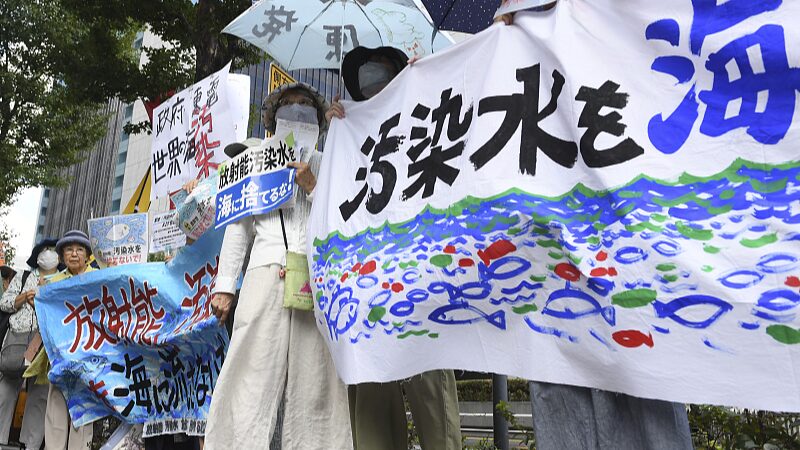
China opposes Japan’s release of Fukushima’s nuclear wastewater, urging enhanced international supervision to protect marine life and global health.
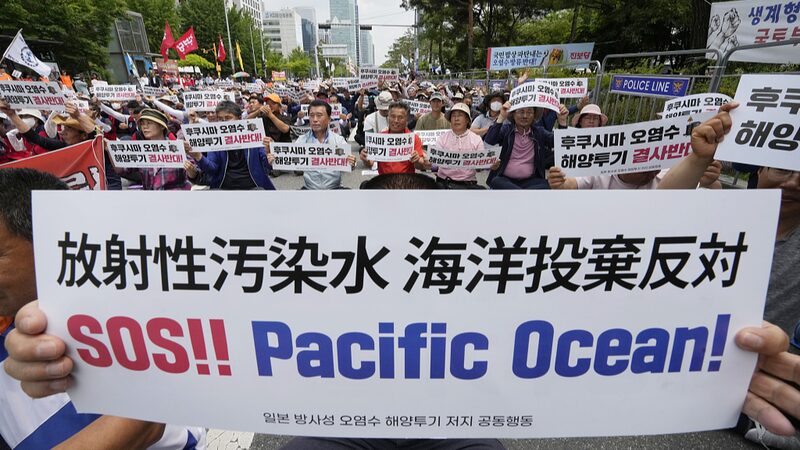
Japan begins its fourth release of nuclear-contaminated wastewater from Fukushima Daiichi into the Pacific Ocean, sparking domestic and international concerns.
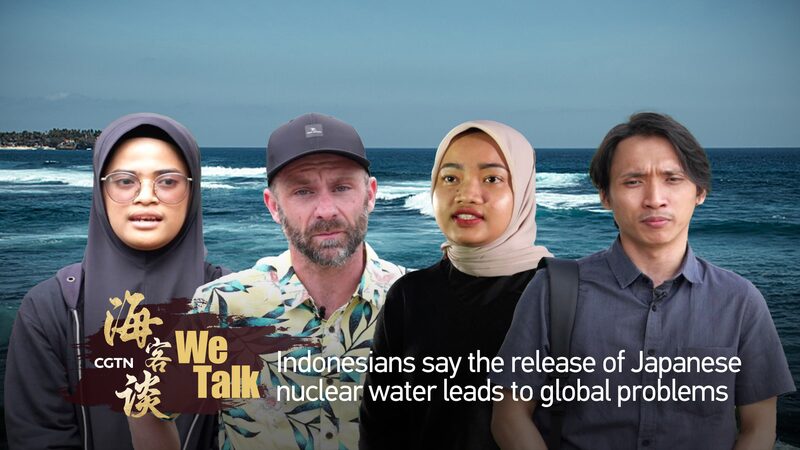
Indonesians voice strong concerns over Japan’s plan to release over 23,000 tonnes of Fukushima’s nuclear wastewater into the Pacific Ocean, fearing global health impacts.